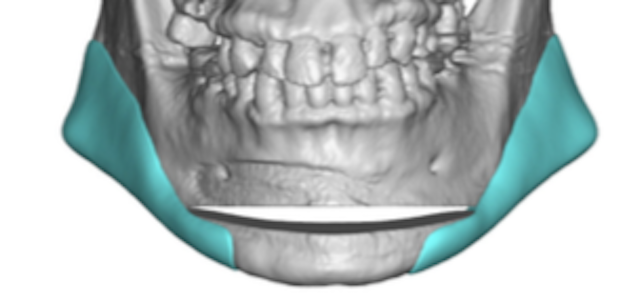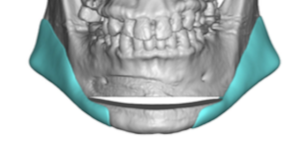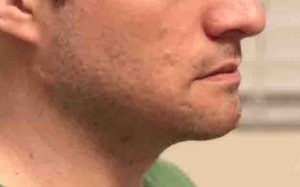Background: A common method of aesthetic jaw augmentation in my practice, although not well known at all to many, is combining an osteotomy with implants. In this specific method a bony genioplasty is done for the anterior third of the jaw and custom implants are used for the remaining two-thirds of the jaw behind it. This approach is used when the amount of dimensional changes in the chin are significant due to the limitations of how much the tight soft tissue chin pad can be pulled over an implant.
In placing implants on the chin, it is first necessary to detach the soft tissues to create the tissue pocket for the implant. Then the implant is placed and the soft tissue chin pad must be pulled over the implant and a relatively non-tight closure must be done. (the same applies whether it is a submental or intraoral incisional approach. When the need is for significant chin augmentation the potential limitation of the soft tissue chin pad will be eventually encountered. In bringing the chin horizontally forward more than 10mms it may be difficult, but not impossible, to get the soft tissue chin pad pulled back over it with a competent closure. But when a vertical increase is involved with a horizontal augmentation, getting the soft tissue chin pad back over the bone becomes more challenging and in some cases impossible. This where the traditional bony genioplasty has an advantage over an implant…it does not have this soft tissue chin pad limitation as the soft tissue attachments on the inferior edge of the bone remains intact.
Unlike the bony genioplasty the rest of the jaw behind it does not have the same soft tissue limitations. Besides the fact that only implants can make changes behind the chin, implants along the jawline particularly in the vertical dimension (lengthening) can be effectively done. Custom implant designs are needed to have the anterior end of the implant blend into the repositioned chin bone for a complete jawline augmentation.
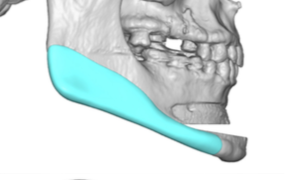
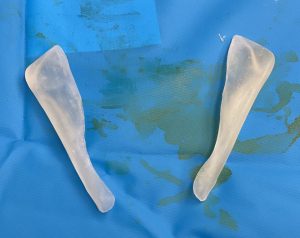
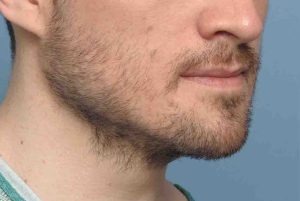
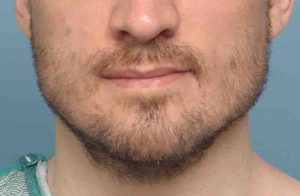
Case Highlights:
1)With large chin augmentation changes a sliding genioplasty is a more effective and safer approach due to the limitations of the soft tissue chin pad.
2) Augmenting the jawline behind the repositioned chin bone can be done with custom implants to create a smooth jawline.
3) Merging the jawline implant with the chin bone advancement is more difficult than it looks as there is a need for the anterior end of the jawline implant to be visualized and secured to the chin.
Dr. Barry Eppley
World Renowned Plastic Surgeon

